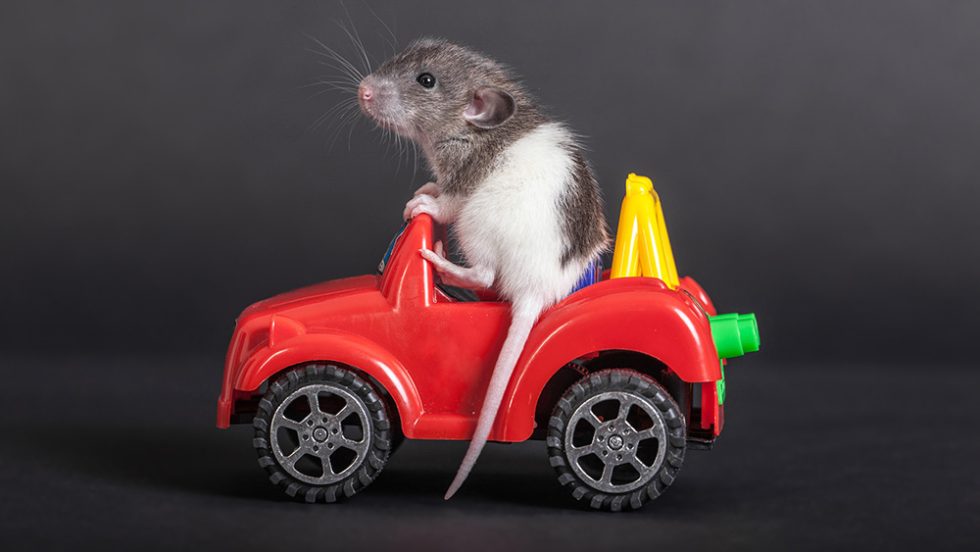Rats love driving tiny cars, even when they don’t get treats

Since the dawn of the car age, humans have dreamed of teaching rats to drive. Well, perhaps not, but that is what happened in a recent study on enriched environments. [credit: Getty Images ]
Rats that learn to drive are more able to cope with stress. That might sound like the fever-dream of a former scientist-turned-car writer, but it's actually one of the results of a new study from the University of Richmond. The aim of the research was to see what effect the environment a rat was raised in had on its ability to learn new tasks. Although that kind of thing has been studied in the past, the tests haven't been particularly complicated. Anyone who has spent time around rats will know they're actually quite resourceful. So the team, led by Professor Kelly Lambert, came up this time with something a little more involved than navigating a maze: driving.
If you're going to teach rats to drive, first you need to build them a car (or Rat Operated Vehicle). The chassis and powertrain came from a robot car kit, and a transparent plastic food container provided the body. Explaining the idea of a steering wheel and pedals to rats was probably too difficult, so the controls were three copper wires stretched across an opening cut out of the front of the bodywork and an aluminum plate on the floor. When a rat stood on the plate and gripped a copper bar, a circuit was completed and the motors engaged; one bar made the car turn to the left, one made it turn to the right, and the third made it go straight ahead.
Rat steering compilation.
If proof were needed that many existing psychology tests are too simple, rats did not take long to learn how to drive. The driving was conducted in a closed-off arena (1.5m x 0.6m x 0.5m) where the goal was to drive over to a food treat. Three five-minute sessions a week, for eight weeks, was sufficient for the rats to learn how to do it. The placement of the treat and the starting position and orientation of the car varied throughout, so the rats had more of a challenge each time. At the end of the experiment, each rat went through a series of trials, conducted a day or two apart, where they were allowed to drive around the arena but without any food treats to see if they were only doing it for the food.
Read 3 remaining paragraphs | Comments